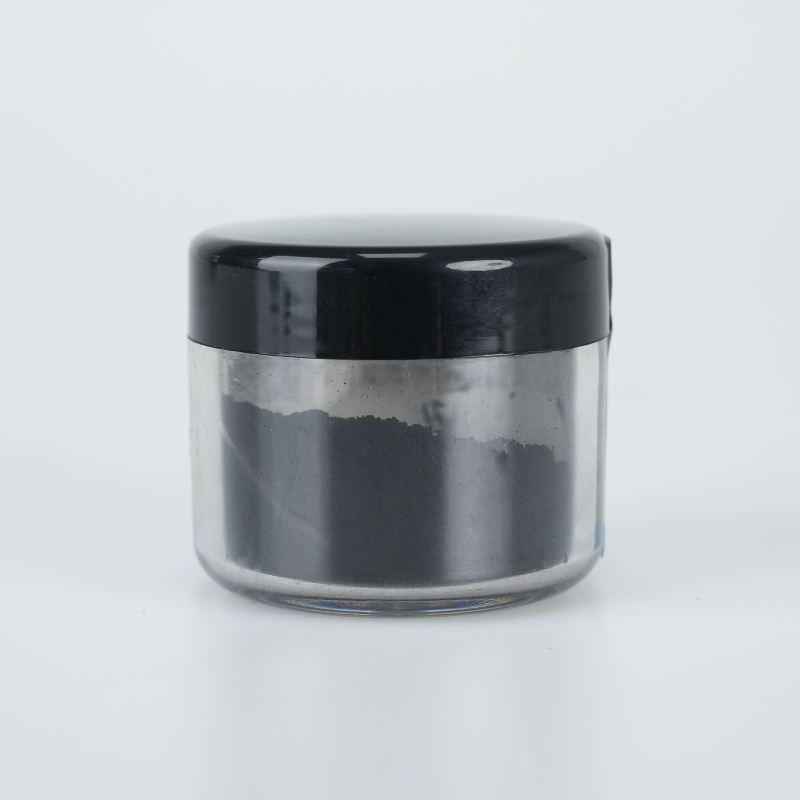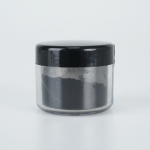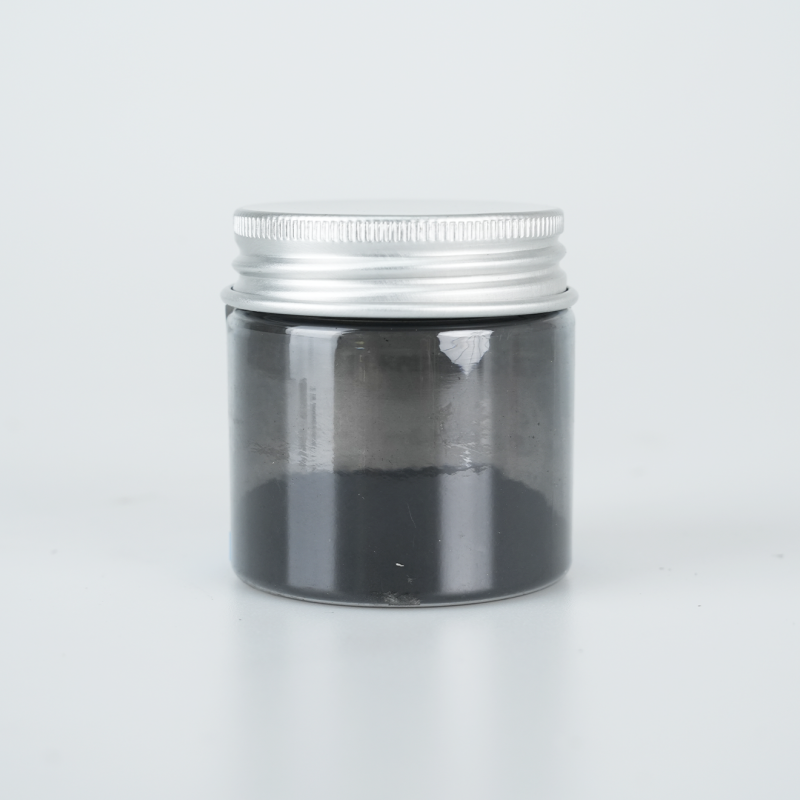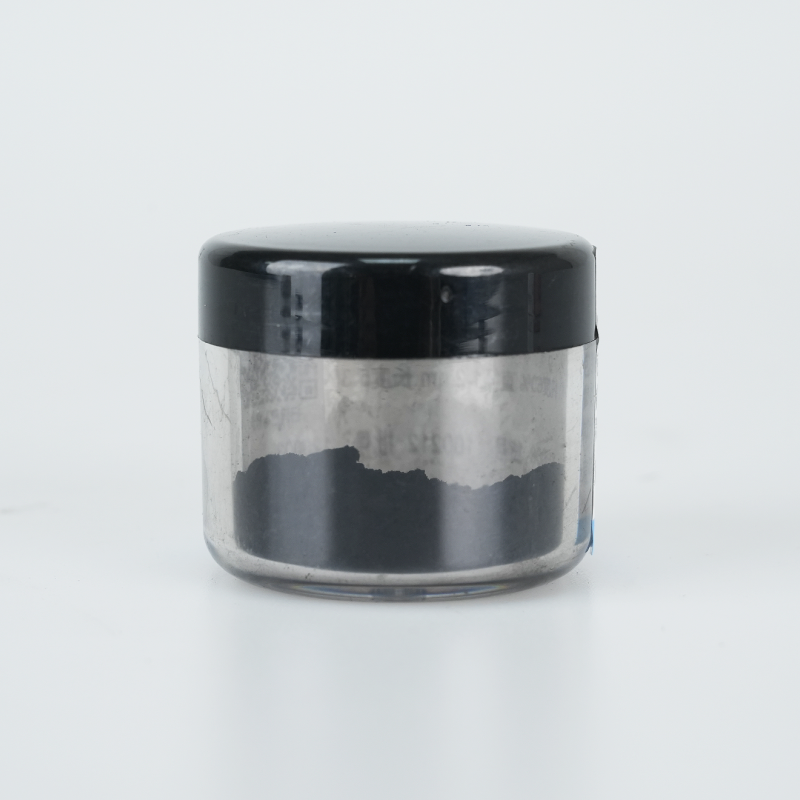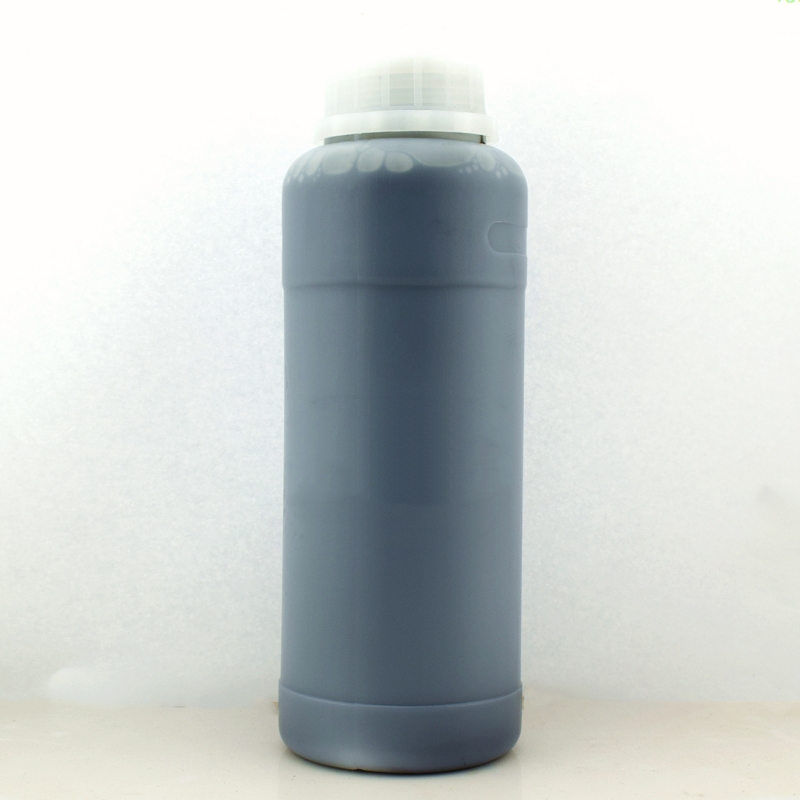High-purity hydroxylated single-walled carbon nanotubes (SWCNTs) offer enhanced functionalization, optimized dispersion stability, and superior electrical conductivity. Designed for advanced applications, they ensure precise integration, extended durability, and high-performance adaptability.
Product Overview
High-purity hydroxylated single-walled carbon nanotubes (SWCNTs) are hollow cylindrical tubes made from a single layer of graphite hexagonal lattice, possessing excellent electrical, mechanical, and thermal properties. These nanotubes typically have a diameter in the range of 1-2 nm, with lengths extending from a few micrometers to several tens of micrometers. They are produced using the moving catalytic method, providing superior conductivity and thermal conductivity, making them ideal for high-performance applications in electronics, energy storage, and composite materials.
Product Features
- Superior Conductivity: The material exhibits extremely high electrical conductivity and low resistance, capable of efficiently transmitting current, comparable to silver and copper conductors.
- Excellent Thermal Conductivity: With outstanding thermal conductivity, it can quickly dissipate heat, making it ideal for high-efficiency heat dissipation systems and thermal management applications.
- Unique Mechanical Properties: With high strength and toughness, the material has a tensile strength of 100-200 GPa and a Young’s modulus of 1 TPa, which significantly enhances the mechanical properties of composite materials.
- High Chemical Stability: Stable under most chemical environments, resistant to acids, bases, and oxidizing agents, ensuring long-term stability even in complex environments.
- Optical Properties: Capable of absorbing and scattering light at specific wavelengths, and can exhibit luminescence under certain conditions, offering potential for optoelectronic applications.
- High Flexibility: Excellent flexibility, allowing it to bend and fold without breaking, which makes it ideal for the production of flexible electronic devices.
Applications
- Electronics: Due to its unique electrical properties, it is used in the fabrication of small, high-efficiency integrated circuits, field-effect transistors, and flexible electronic devices.
- Energy: As an electrode material for lithium-ion batteries, it enhances charge/discharge performance and cycle life; also used in supercapacitors to increase energy and power density.
- Composite Materials: Adding single-walled carbon nanotubes to polymers and other materials significantly enhances their strength, rigidity, and toughness, widely used in lightweight, high-strength composites.
- Sensors: Its high sensitivity and selectivity make it suitable for detecting gases, chemicals, and biological molecules, as well as for cell detection.
- Nanomechanics: A key component in micro-mechanical devices (such as nanomotors), it plays an important role in the field of nanotechnology.
- Aerospace: Used in the production of lightweight, high-strength components for aircraft and spacecraft, improving overall performance.
- Other Fields: Has broad application prospects in catalysts, field emitters, conductive films, and biological nanomaterials.
| Technical Parameter | High Purity Hydroxylated Single-Walled Carbon Nanotubes (Long) | High Purity Hydroxylated Single-Walled Carbon Nanotubes (Short) |
| Diameter | 1-2 nm | 1-2 nm |
| Purity | >90% | >90% |
| Length | 5-30 μm | 1-3 μm |
| Hydroxyl Content | 3.96 wt% | 3.96 wt% |
| Specific Surface Area | >380 m²/g | >380 m²/g |
| Tap Density | 0.14 g/cm³ | 0.14 g/cm³ |
| True Density | ~2.1 g/cm³ | ~2.1 g/cm³ |
| Conductivity | >100 s/cm | >100 s/cm |
| Preparation Method | Moving catalytic method | Moving catalytic method |
 new material
new material

